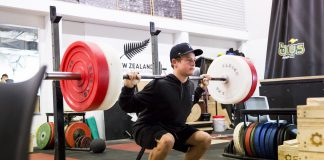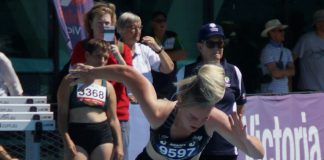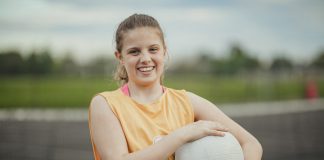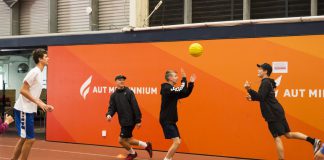In the first in a three-part series, AD Academy Programme Manager and Lead Coach Patrick Davenport focuses on demystifying nutrition for young athletes.
Nutrition plays a crucial role in recovery. It’s perhaps the easiest component of recovery to do poorly, yet the hardest to do well. Much like the saying ‘fashion’s never finished’, what’s considered appropriate nutrition for athletes will continue to change and evolve. After all, it wasn’t so long ago that humans thought that, given their immense athletic capabilities, horse meat must be able to help us become more athletic too… I’m certainly not asking anyone to adopt a horse-fueled diet, but there are a few simple strategies when it comes to nutrition to better prepare us.
- Consider calories and metabolic rate
One of the big gaps we see with nutrition in youth athletes, especially young males, is a lack of overall calorie consumption. Consider a young male who hopes to get a little stronger and put on some muscle during the season. Basal metabolic rate refers to the minimum amount of energy (calories) required to just maintain basic bodily function (homeostasis). For a young male, this might be between 1500 and 2000 calories. It would be normal for him to train twice a day, before and after school. Within 60-90 minutes, most males this age have burned through around 1000 calories. All of a sudden, this young male is using 3,500-4000 calories in a double-training day with nothing left over for muscle growth or recovery. A caloric surplus is required at the end of the day for adequate recovery, repair and growth of muscle. Many smart watches and free fitness apps make tracking calories quite simple – there is no need for youth athletes to do this every day, but perhaps looking at one day’s calorie use/intake would provide some useful insights.
- Get to know your macros
There are three major macronutrients (‘macros’); fats, carbohydrates and proteins. Each macronutrient is a source of energy which the body uses to function in a particular way, whether exercising or resting. Carbohydrates (FYI – all sugars are a form of carbohydrate) are the most readily used as they tend to be the most simple in structure and are preferred by the body when it comes to finding energy. Carbs are typically only found in small amounts in the body, with excess being stored as fats. Proteins are considered ‘building blocks’ and are used for structural things like muscle cell repair and transport of molecules within the body. Fats (aka lipids) can be thought of like the body’s energy storage system, though they have many other important roles too. For an athlete, they are both a source of energy in longer bouts of exercise (once carbs are depleted) and help proteins do their job. The simple way to think about macronutrients in the context of an athlete is to consider what the macronutrient is useful for, how that can help the athlete’s training or recovery needs.
- Avoid processed foods
This type of food is convenient and readily available, sometimes so much so that we struggle to find non-processed foods when out on the go. But the short story here is that processed foods just aren’t as good for us. Think of it like setting concrete – we want to give it the best chance of setting well, so it’s best to use higher quality concrete. To enhance our recovery, we need to use higher quality, non-processed foods. One way to differentiate between processed vs unprocessed is by packaging, though this is not at all fool-proof. Processed foods tend to require labels to tell you what they are, whereas with unprocessed you should be able to look at and say “that’s milk, that’s meat, that’s vegetables, that’s fruit.”
Nutrition is a complex topic, and can differ for every athlete and training programme. These three concepts are general enough to benefit every athlete when beginning to take performance nutrition seriously.





































